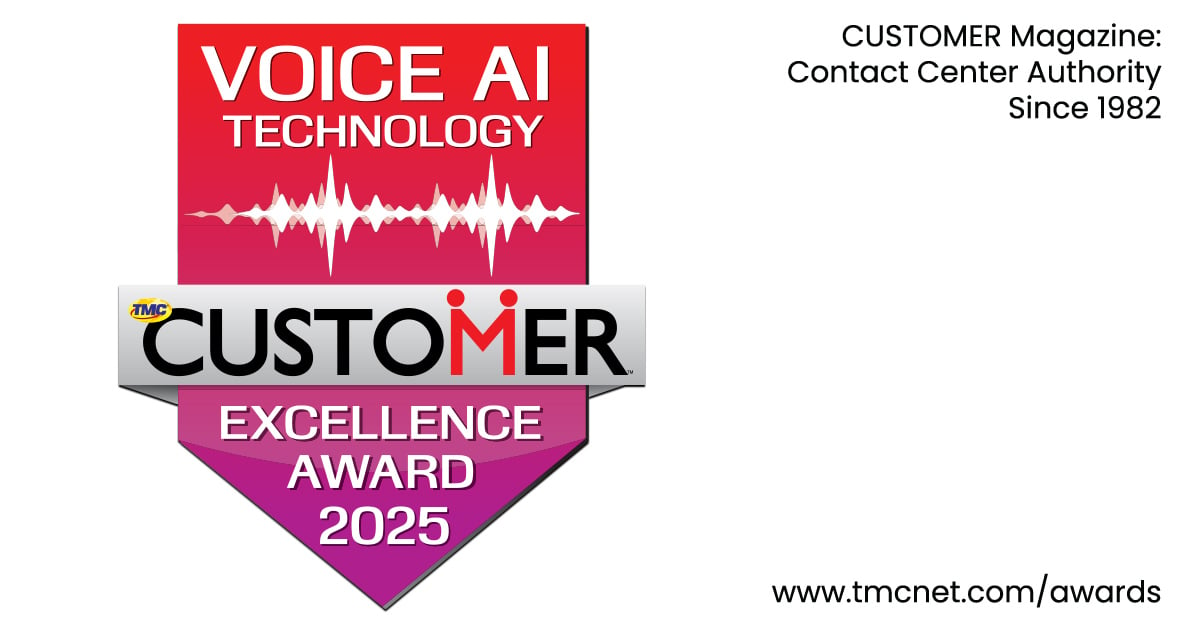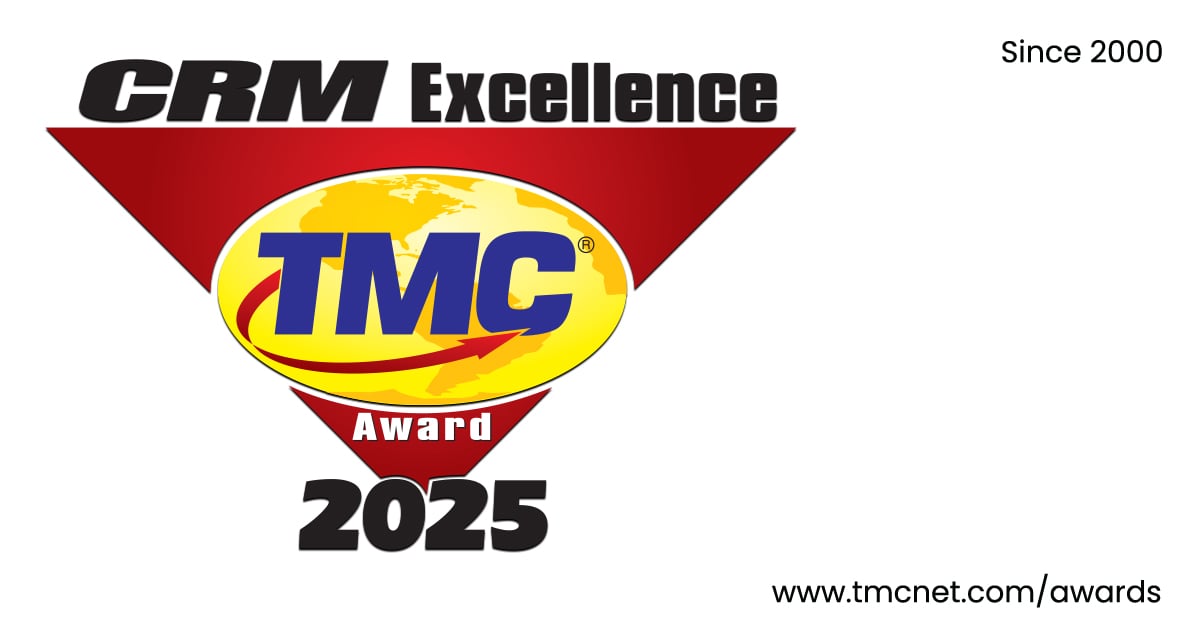
Omer Artun is founder and CEO of AgilOne, a customer data platform company.
He holds a Ph.D. in Computational Neuroscience and Physics from Brown University. There he studied with Nobel Laureate Physicist Leon Cooper on pattern recognition, data mining, and complex systems modeling at the Institute for Brain and Neural Systems. Omer also co-authored the book “Predictive Marketing: Easy Ways Every Marketer Can Use Customer Analytics and Big Data,” published by Wiley.
And Omer will be at The Future of Work Expo early next year in Fort Lauderdale, Fla., talking about how businesses can use artifical intelligence and machine learning to predict behavior and drive conversion.
I recently spoke at length with Omer about CDP, AgilOne, and AI. (Or was it ML? Or intelligent amplification?) In any case, here’s an excerpt of our conversation.
AgilOne describes itself as the provider of the No. 1 customer data platform for B2C enterprises. What does a customer data platform do?
Omer: If you think about any consumer-facing business, they’ve gone through transformations. Think about the butcher shop in the 1930s and ‘40s. You had the butcher that new about all their customers and what they bought. They knew what they liked and didn’t like.
And then we went from that – from being customer-oriented – to buying stuff in a supermarket in a package. So it was much more merchandising, like product- and distribution-oriented. So we went into that era of industrialization because personalization was too expensive.
Now that we’ve swung back in the digital age. It really gives you the ability to personalize the relationship through digital means. And analytics and data helps you do that. Now … a lot of businesses are shifting away from having merchandising or products run the business .… The winning brands have to focus on the customer in their strategy….
How does CDP help them do that?
Omer: The problem is they go look at their data and their environments and so forth, and their customer data all over the place. Every single interaction system is optimized for product- and channel-oriented [strategies] and have their own siloed customer data. The first thing you need to do as a foundational element is to bring all of that customer data into one place.
[You as a customer] might create a profile in a call center. And you might buy something and ship it to a friend as a gift. You might go and sign up for a loyalty card and use an email address that you never use.
So you have many many different profiles … and those profiles, if you just interact with them in that manner, you might call the call center and even if you’re a VIP customer, the call center might not know who you are. And they’ll basically deny everything you want them to do. Whereas if all of that data was in one place you can really start thinking differently about ‘How do I keep this same customer, now that I know who this customer is, how do I treat them differently across all of those touchpoints?’
To get to the practicality of this, the first piece you need to handle is bringing all the customer data together – resolving the customer identity, people move from one address to another, you might write your name differently [Kathy or Katherine]. So there’s a lot of IT and infrastructure work that needs to get done.
But the output is the customer data platform that has all of your customer data in it and has all the transactions the customer has done, all of the experiences – like what they browsed on the website, what emails they got, and so forth. And that gives you the ability to analyze that data and be able to act on that data when you reach out to customers or when the customer comes to you.
Why do businesses need CDPs?
Omer: If you have a direct relationship with a customer you need a CDP. You also need it when there is a need for a relationship with a brand.
If I’m selling toothpaste … there’s no a lot of interaction with the toothpaste. But if I’m buying furniture or house goods or clothing or electronics, there’s definitely stuff related to it – something new comes out or there’s something that’s broken or I want to return something because the size is not right. If there’s a need for that relationship with the customer, then CDP becomes important.
Since data in CDPs span departments, who’s the typical CDP buyer?
Omer: Typically it’s the marketing department, because usually it’s the marketing department that owns the customer. But then as CDPs are now being used for analytics and connecting IT systems together as a hub and for customer experience, you have more people that are involved in the process. Chief digital officers are involved because they’re responsible with digital transformation of the enterprise. The CIO usually gets involved because, again, you’re not just in this for marketing’s sake; this becomes your single point/hub for all customer data. And the CIO wants leverage across all the different systems.
To what extent are CDPs used by businesses today?
Omer: It’s an evolutionary process. Every business has some sort of a customer database. But that customer database is very limited in scope. So it might just hold some transactions in it. It might not be bringing in call center data or PoS data or other data.
I would say about 40 to 50 percent of businesses have some form of customer data in a place where they can do some analysis, and that data is probably missing 80 to 90 percent of the data. It has about 20 percent of the data that it needs to be called a real CDP.
At this stage I would say more than 5 to 10 percent have a CDP deployed.
What’s the difference between a CDP and a CRM solution?
Omer: CRM goes back a long way. CRM meant just relationship management – how do I deal with the customer.
Then Salesforce came along and hijacked the word. So the word CRM now has a meaning for sales CRM, and that typically means I have a lead, I have a process to sell something, and a contract comes in here and I either close it or I lose the deal. That is what I personally call an operational CRM system.
Then that same operational CRM system … can be a call center operatonal system. So if a call comes in, the call center might open an account, close an account, or open up a ticket.
What we’re doing, what CDP is defined as, [has] an operational component to it, which is data collection. and then there’s a secondary component to it, which I call analytical CRM. That is a customer database, analytics, and then the activation of all that data through different channels.
You can call it a subcategory under CRM, but [CDP] has a different purpose. We’re integrated with Salesforce Service Cloud, Oracle RightNow. We have customers using Microsoft Dynamics CRM. We integrate with all of those; they are data sources for us.
What kinds of trends are you seeing in the CDP arena?
Omer: Along with one other vendor that I know, which is RedPoint Global, we’re probably the creators of this category. I started [AgilOne] in 2006. We didn’t call it a customer data platform at the time. I called it the operating system for marketers or a customer database.
What happened is over the last 4 or 5 years is David Raab, who is an analyst, was talking to a bunch of us and published a blog and said this is the creation of the customer data platform.
Then the term got picked up by Gartner, which wrote a paper about two years ago. And that’s hitting the Hype Cycle of Gartner. It’s at the peak [of the Hype Cycle] right now.
There are so many other categories that are adjacent [to CDP]. For example tag management, web personalization vendors – they’re all coming out and saying ‘we are a CDP too.’ So they’re trying to rebrand themselves at CDPs….
There are eight or 10 [solutions in the market] that are purpose-build CDPs. The rest of them are just trying to ride the popularity of the trend.
The other big trend is coming from the brands themselves, the companies we work with…. We get two or three calls a day… so there’s a lot of interest out there. [But] it hasn’t really turned into a lot of deals. But the RFI activity is probably 20, 30x of what it was last year. But the actual growth is probably in the 20 to 30 percent range right now from a market growth perspective.
What is the key pain point that’s driving businesses to issue CDP RFIs?
Omer: The problem statement they put out is ‘We have customer data in many many systems. We want to stitch those profiles together to have a single customer profile across all of those systems.’ A lot of those big brands out there also have multiple brands, so they also want to stitch together not just within the brand but also across brands. Of course that’s the starting point.
The next step is they want to be able to analyze and understand that customer, to figure out what they want to do with that and how they want to treat them differently. And then they want that platform to activate that data across advertising, customer experience, and outbound marketing channels.
To what extent are AI-based CDP solutions available and in use today?
Omer: When I started, it was a big differentiator for us. I have a PhD in machine learning. And I went to work for McKinsey and so forth. So when I decided to build this CDP, I said ‘It has to have machine learning built into it.’
We’ve been in the market with machine learning and AI since 2010…. I would say 20 percent of the CDPs in the market claim they have [AI]. And out of the 20 percent I don’t think any of them have a truly configurable, platform-based ML/AI approach.
All of them have the [ability] to calculate a score for a customer based on an algorithm. But those are all kind of hand-coded services that they see. I don’t see anybody with the kind of depth we have. I’ve had an AI module for eight years, so it’s pretty advanced compared to the rest of the market.
Is it AI or ML that AgilOne uses? Some people differentiate between the two.
Omer: I don’t know what the difference is to be honest with you, even though I have a PhD in it. To me it’s the same thing. What’s the difference to you?
Some people have told me ML can address through automation specific repetitive tasks while AI can understand and address situations based on more unstructured information.
Omer: Hmmm. OK. I’m not sure. But I’ll tell you what we are doing.
My philosophy around this whole AI, machine learning, whatever you want to call it [is that] first of all I don’t subscribe to the whole AI framework. I subscribe to another framework called IA, which is intelligent amplification.
I feel like in every business situation there is a creative component and a decision component that comes in. AI can make tasks better – it can predict certain things and so forth. But I feel like the machines need to predict certain things and understand complex paradigms, but then the humans need to make decisions creativitely, like what types of actions to take.
OK. Let’s talk about intelligent amplification then. Please elaborate.
Omer: It basically says ‘I don’t want machines to do the work, and I don’t want humans to have to do the work. Machines and humans are better together than either of them are alone.
What machine learning does is … you can dig with your hands, but machine learning is the excavator. It can move large amounts of data really fast and help the humans. But an excavator requires a driver.
So then the question is ‘Instead of digging with hands, how do I make the excavator?’ I need to have an approach that amplifies the power of a human.
So going back to the story I had about the butcher knowing his customers and what they liked and didn’t like; maybe that butcher had 50, 100 customers. And now the marketing department has millions of customers. So the question is ‘How do I mimic the intelligence of a human at the scale of dealing with like 100 customers and amplify that to offering the same level of personalization in dealing with a million customers?’
To solve that problem you need to understand how human intelligence heuristics work….
For now, we group that into three buckets.
The first bucket … groups things together so the human can understand and work with us better. How do I group customers together that behave similarly or are interested in similar products or that are similar to each other?
We have a second class of algorithms that deal with predicting what’s next. Are you likely to open an email if I send it to you? Are you likely to buy? Are you likely to convert to be a buyer? Are you likely to churn? Are you likely to resubscribe to a product that’s about to expire?
And then a have another set of algorithms that says what’s next. Next product, next best offer for that customer. It figures out the relationships between objects, like who’s related to who.
We’re building all those algorithms to serve a larger purpose of mimicking human intelligence heuristics.
Edited by
Maurice Nagle





